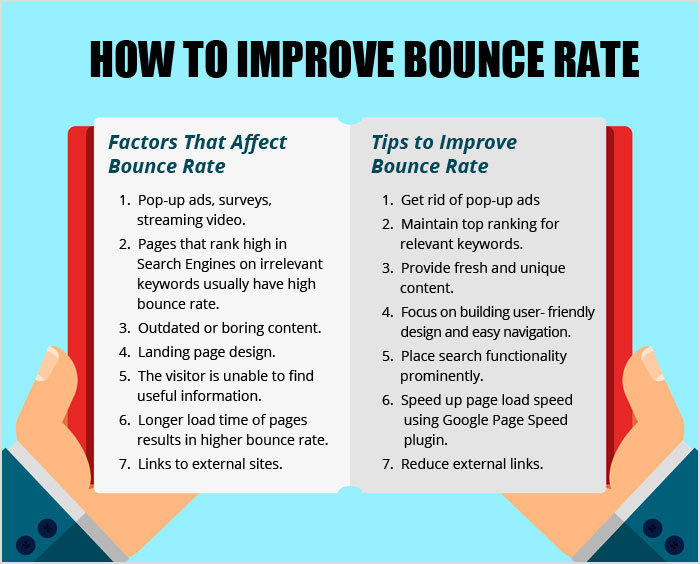Introduction
Google Analytics Bounce Rate, Understanding user behavior is paramount for website owners and marketers. One of the crucial metrics that sheds light on user engagement is the Google Analytics Bounce Rate. In this article, we’ll dive deep into what the bounce rate is, why it matters, and how you can improve it to enhance your website’s performance. Google Analytics Bounce Rate
What is Bounce Rate?
First things first, let’s clarify what bounce rate means.
Defining Bounce Rate (H2)
Bounce rate is a metric in Google Analytics that measures the percentage of visitors who land on a page of your website and then navigate away from it without interacting further. In other words, these visitors “bounce” off your site after viewing only one page. Google Analytics Bounce Rate
Why Does Bounce Rate Matter? (H2)
Now that we understand what bounce rate is, let’s explore why it matters to website owners and digital marketers.
Indicator of Engagement (H3)
A high bounce rate can indicate that visitors are not finding what they are looking for or that your website doesn’t meet their expectations. Google Analytics Bounce Rate
Impact on SEO (H3)
Search engines, like Google, consider bounce rate as a ranking factor. A high bounce rate may signal to search engines that your content is not relevant or engaging, potentially leading to lower search rankings. Google Analytics Bounce Rate
Factors Influencing Bounce Rate (H2)
Several factors can influence your website’s bounce rate.
Website Design (H3)

A cluttered, confusing, or unattractive website design can drive visitors away quickly.
Page Load Speed (H3)
Slow-loading pages frustrate users and increase the likelihood of them bouncing.
Content Relevance (H3)
If your content doesn’t align with what visitors are searching for, they are more likely to leave.
Mobile Responsiveness (H3)
In today’s mobile-centric world, a non-responsive website can lead to higher bounce rates among mobile users.
How to Reduce Bounce Rate (H2)

Now, let’s explore strategies to lower your bounce rate and improve user engagement.
Improve Content Quality (H3)
Create compelling, informative, and engaging content that resonates with your target audience.
Enhance User Experience (H3)
Optimize website navigation, improve page load times, and ensure mobile responsiveness.
Internal Linking (H3)
Guide users to other relevant pages on your website through internal links, encouraging further exploration.
Clear Call to Action (H3)
Every page should have a clear call to action that encourages users to take the next step.
Monitoring and Analysis (H2)
Regularly Monitor Bounce Rate (H3)
Keep an eye on your bounce rate in Google Analytics and identify pages with high bounce rates for further optimization. Google Analytics Bounce Rate
A/B Testing (H3)
Experiment with different elements on your pages, such as headlines, images, and calls to action, to see what resonates best with your audience.
Conclusion
In conclusion, understanding and managing your website’s bounce rate is crucial for success in the online world. It’s a reflection of user engagement and can significantly impact your website’s performance in search engine rankings. By implementing the strategies mentioned above and consistently monitoring your bounce rate, you can improve user experience, retain visitors, and achieve your online goals.
FAQs
1. What is considered a high bounce rate?
A bounce rate above 70% is generally considered high, but it can vary depending on the type of website and industry.
2. Can a high bounce rate be harmful to my website’s SEO?
Yes, a consistently high bounce rate can negatively impact your website’s SEO rankings.
3. How can I track my website’s bounce rate?
You can track your website’s bounce rate using Google Analytics or other web analytics tools.
4. Is a high bounce rate always a bad thing?
Not necessarily. For certain types of content, such as blog posts, a higher bounce rate might be acceptable if the content provides the information the user was seeking.
5. What’s the ideal bounce rate to aim for?
While there’s no one-size-fits-all answer, aiming for a bounce rate below 50% is a reasonable goal for most websites.